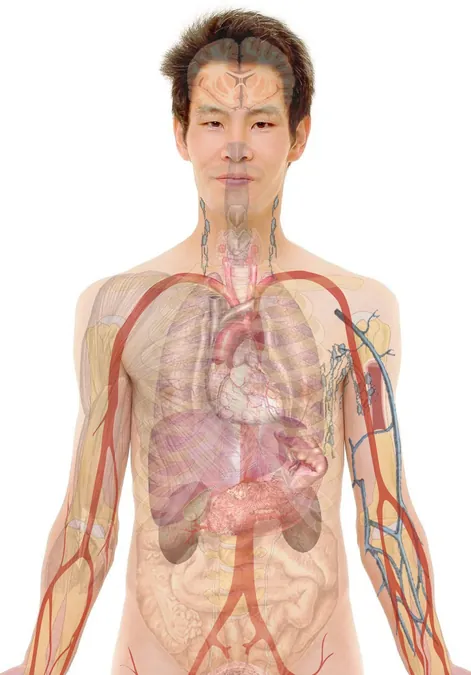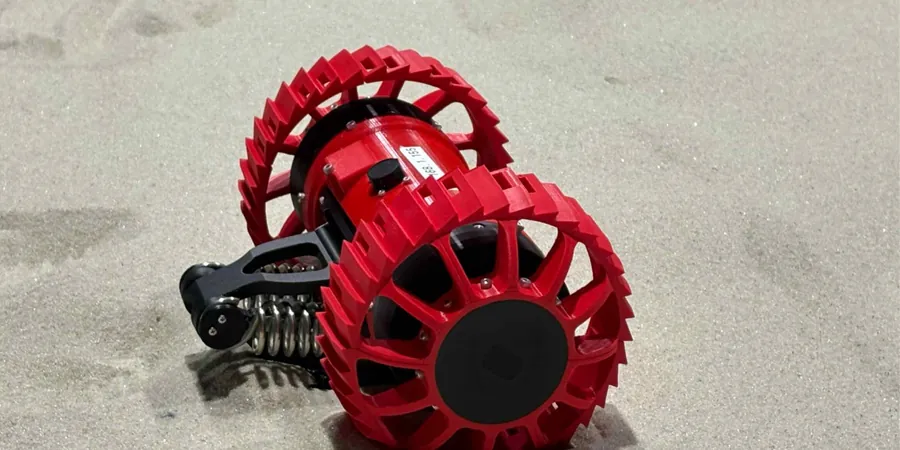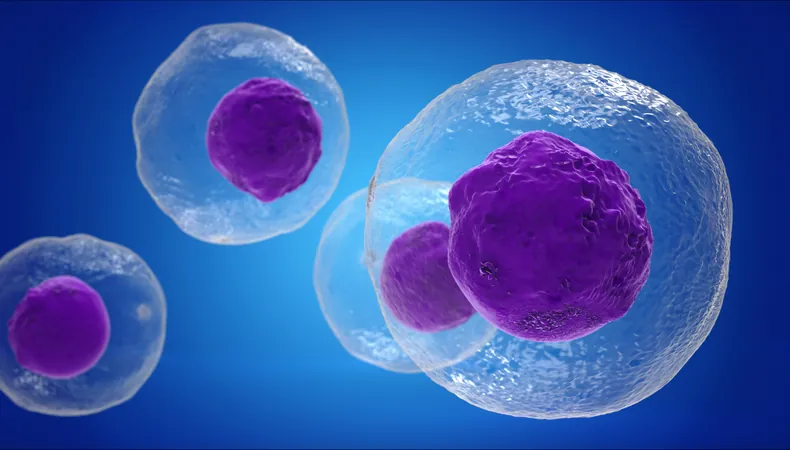
Revolutionary Cancer Treatment: Smart Prodrug System Only Activates Immunity in Tumors!
2025-09-16
Author: Daniel
In a groundbreaking discovery, scientists have unveiled a novel strategy to heighten the immune system's response to cancer, paving the way for safer and more accurate treatments.
This innovative research highlights the STING pathway, a powerful cellular alarm system that, once triggered, summons the immune forces to launch an assault on tumors. The findings have been published in the prestigious journal Nature Chemistry.
While drugs that activate STING have shown promising results in fighting cancer, they were previously plagued by a critical issue: activation in healthy tissue could lead to severe and even life-threatening side effects.
To combat this challenge, a team from the University of Cambridge has engineered a two-part "prodrug" system. This clever design consists of two harmless components that remain inactive until they converge within a tumor's environment.
One part of the drug is cleverly "caged" to maintain its dormancy until it encounters a tumor-specific enzyme known as β-glucuronidase, which is seldom found in healthy tissues. Once inside the tumor, this enzyme unlocks the caged component, allowing it to interact with the second drug part.
When combined, these components form a robust STING activator, triggering an immune attack specifically at the cancer site. The molecules are tailored to efficiently recognize each other, ensuring rapid and selective reactions within tumors.
"Think of it as sending two safe packages into the body, unlocking and merging only when they encounter the unique chemistry of the tumor," explained Professor Gonçalo Bernardes of Cambridge's Yusuf Hamied Department of Chemistry, who led this groundbreaking research.
The laboratory trials reveal that the drug components are almost inactive when alone. However, upon meeting in a tumor environment, they produce an active compound that can successfully activate STING even in minimal concentrations. Tests in zebrafish and specially engineered mice showed that the drug operated almost exclusively within tumors, leaving critical organs like the liver, kidneys, and heart unharmed.
This level of precision marks a significant leap forward for STING-based therapies, which have traditionally struggled to tell the difference between healthy tissue and cancer. The Cambridge team's straightforward chemical design achieves targeted immune activation without complex or artificial interventions.
Looking beyond cancer, the researchers envision that this innovative approach could give rise to a new class of precision medicines. The concept of delivering safe, separate components that become active only at the disease site could apply to a range of illnesses requiring potent yet safe therapy.



 Brasil (PT)
Brasil (PT)
 Canada (EN)
Canada (EN)
 Chile (ES)
Chile (ES)
 Česko (CS)
Česko (CS)
 대한민국 (KO)
대한민국 (KO)
 España (ES)
España (ES)
 France (FR)
France (FR)
 Hong Kong (EN)
Hong Kong (EN)
 Italia (IT)
Italia (IT)
 日本 (JA)
日本 (JA)
 Magyarország (HU)
Magyarország (HU)
 Norge (NO)
Norge (NO)
 Polska (PL)
Polska (PL)
 Schweiz (DE)
Schweiz (DE)
 Singapore (EN)
Singapore (EN)
 Sverige (SV)
Sverige (SV)
 Suomi (FI)
Suomi (FI)
 Türkiye (TR)
Türkiye (TR)
 الإمارات العربية المتحدة (AR)
الإمارات العربية المتحدة (AR)